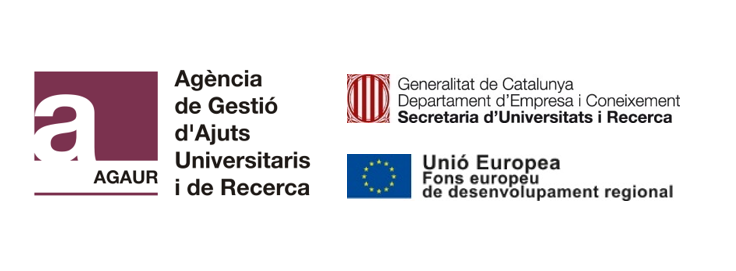About the project
3D printing technologies are foreseen to change the way we design and produce almost everything. Soon, all industries, mechanical workshops, designers, architects, builders, electrical technicians, plumbers, dentists, etc. will make use of 3D printing systems to produce customized components and models. However, there is an ample consensus that current 3D printing technologies need to increase their production speed, improve resolution, and increase the range of printable materials. Among the different additive manufacturing technologies currently on the market or under development, only nozzle-based material injection strategies that make use of precursor materials in the form of inks provide a true material versatility. However, current 3D printing technologies based on material jetting are severely limited both in terms of fabrication speed and resolution. At the basis of this limitation, there is the combination of a slow material injection and a slow translation of the printing nozzle. More specifically, the low accelerations that mechanical stages are able to reach, due to their relatively high mass, strongly constrain the translation speed of the nozzle in the non-linear movement required to create predefined 3D structures. To overcome this intrinsic limitation, we have developed a revolutionary new strategy to control the jet contact point with the substrate, thus the method of realization of predefined object. We have demonstrated the possibility to move a jet with accelerations above 500,000 m/s2 and speeds close to 10 m/s using electrostatic fields. We have further developed this new strategy within a novel 3D printing technology that makes use of electrostatic fields to deflect material jets as narrow as 100 nm, controlling their positioning on the substrate with printing speeds over 100 times faster than current technologies. This technology has been recently protected in two European patents. In the present project, we will develop a compact prototype of this new and revolutionary 3D printer, incorporating the electronics and software required for a user-friendly interface. In parallel, we will develop a business plan to commercialize this technology through the creation of a spin-off. Additionally, we will actively look for investors to support the valorization of our technology and key players and end users to define markets and oriented products.
Funding
The Catalan’ Government’s Agency for Management and of University and Research Grants (Agencia de Gestió i Ajuts Universitaris i de Recerca (AGAUR)) has awarded this the project with a Llavor grant. The project is co-financed by the European Union through the European Regional Development fund (ERDF) and supported by the Secretary of Universities and Research of the Ministry for Business and Knowledge of the Government of Catalonia.



